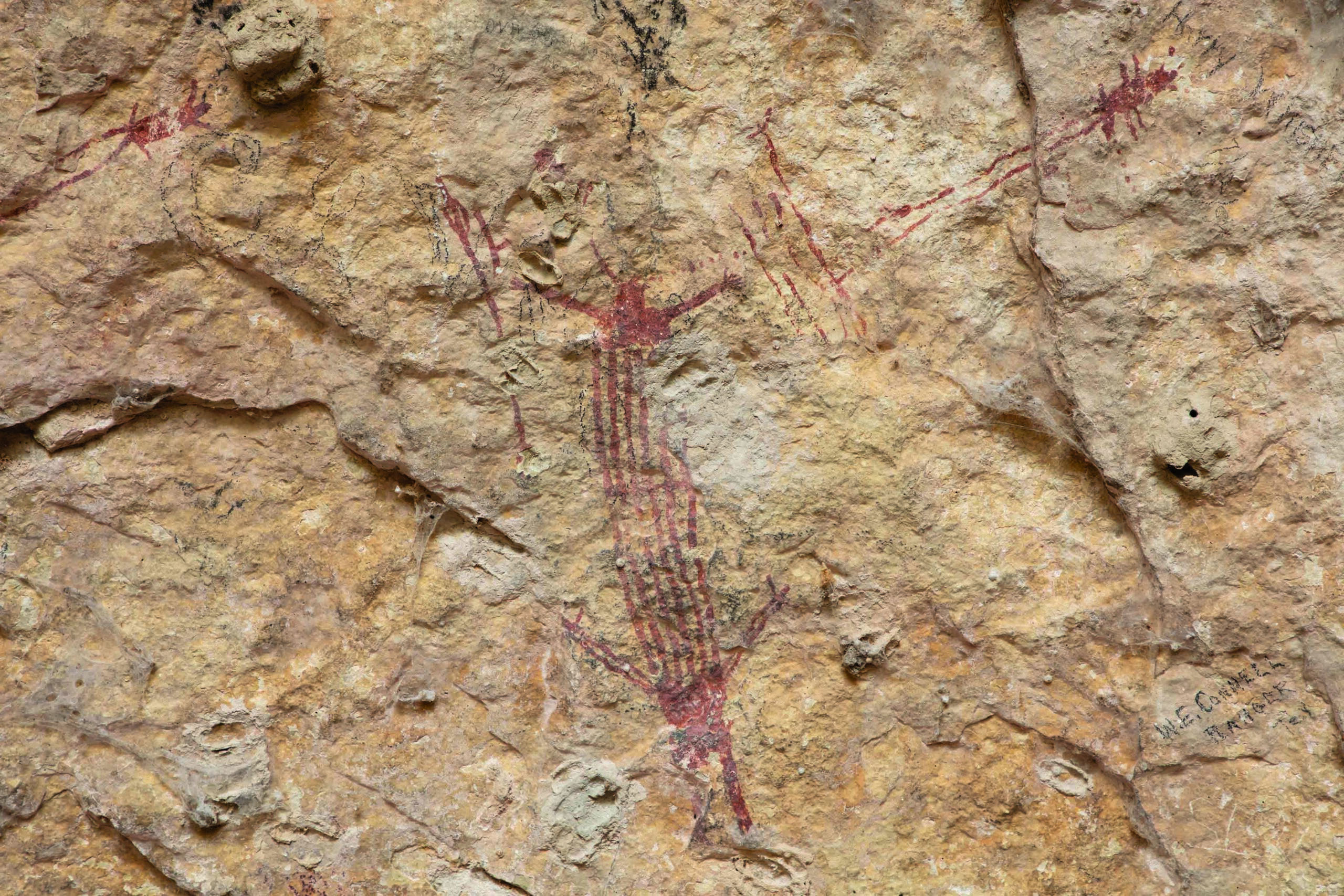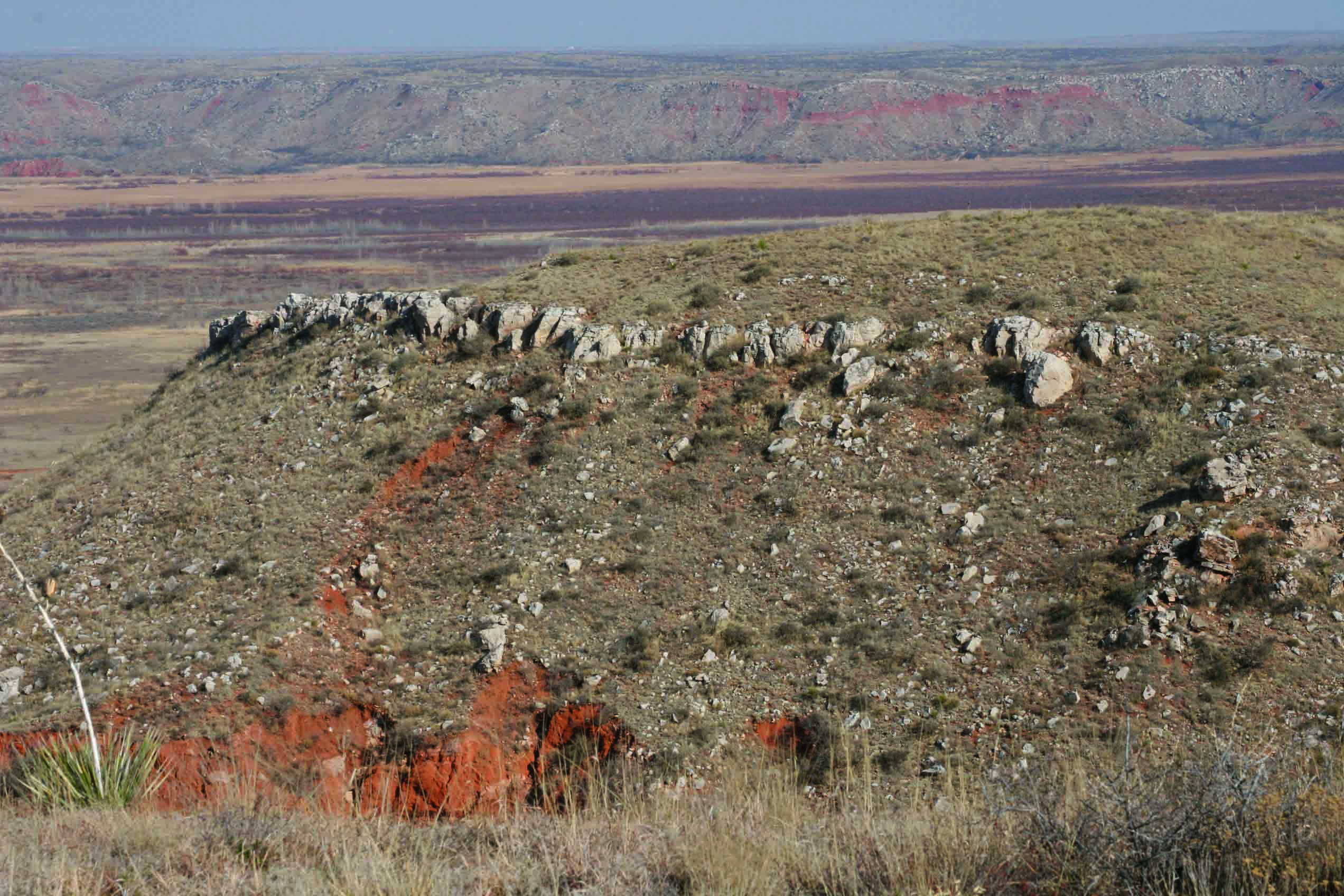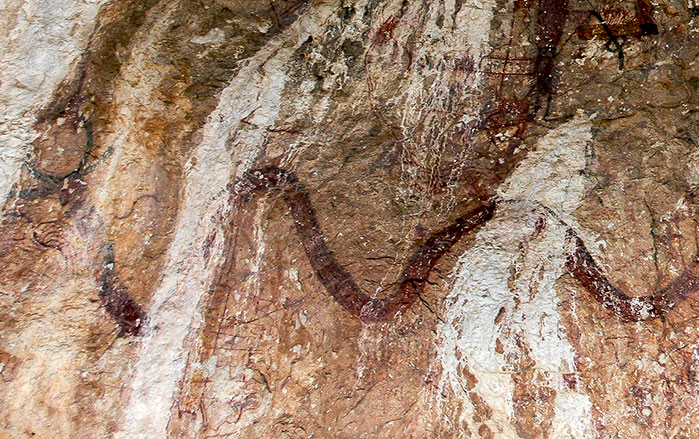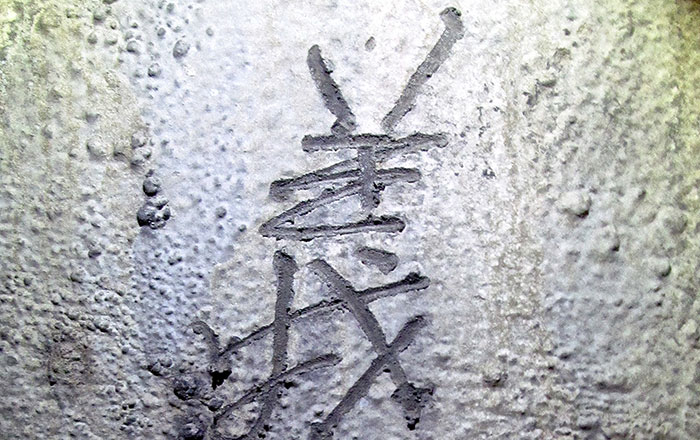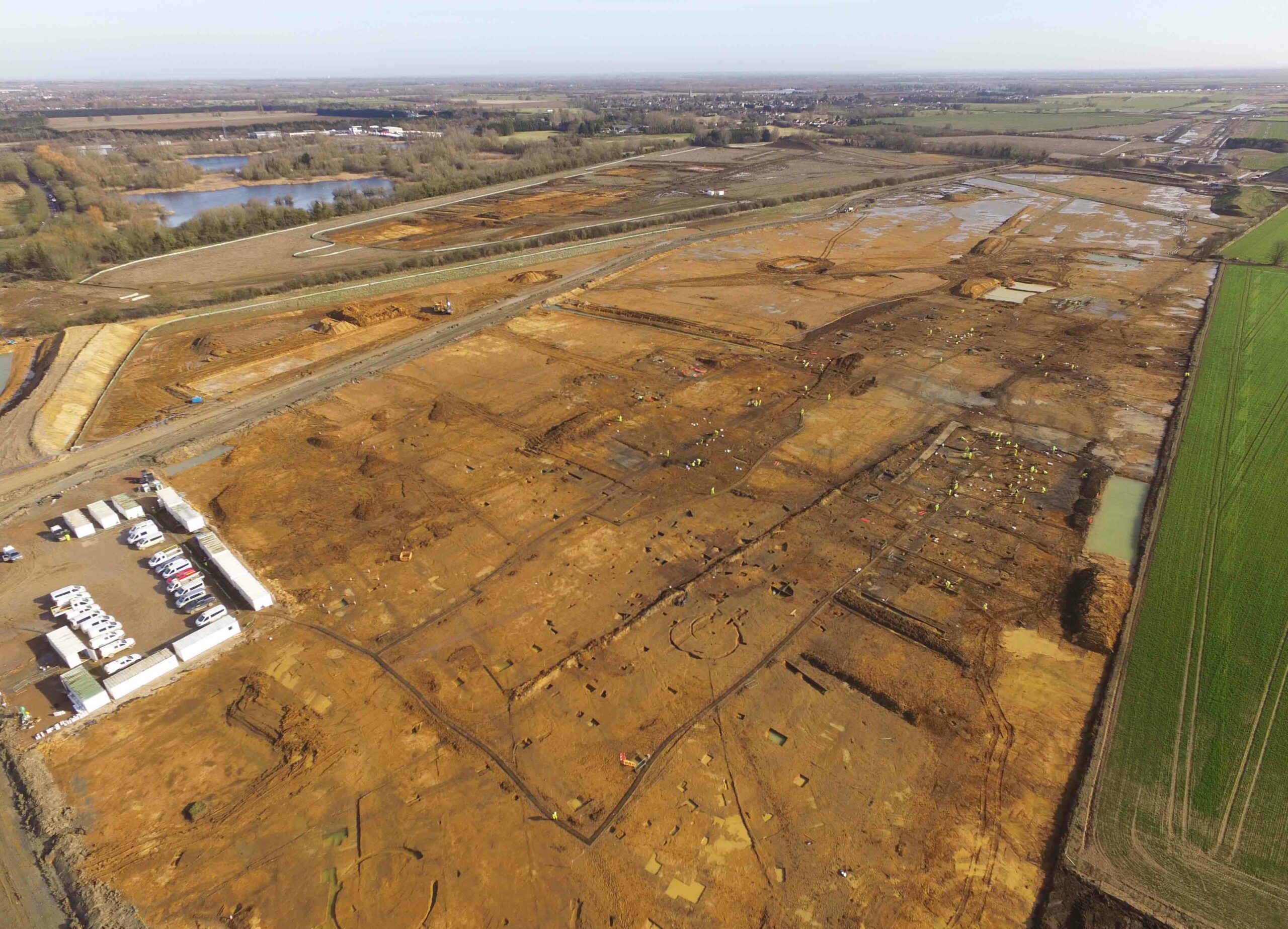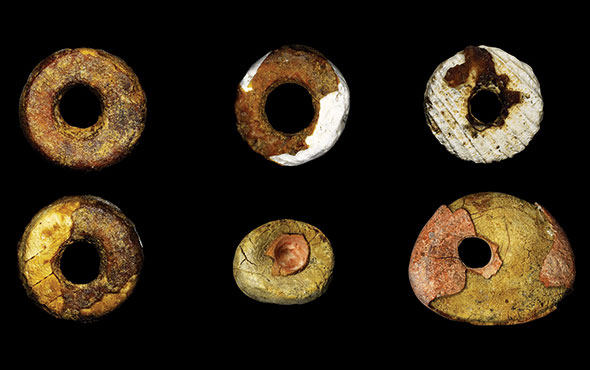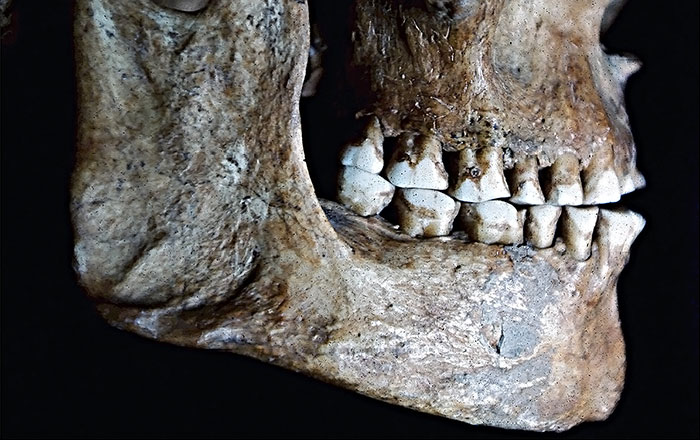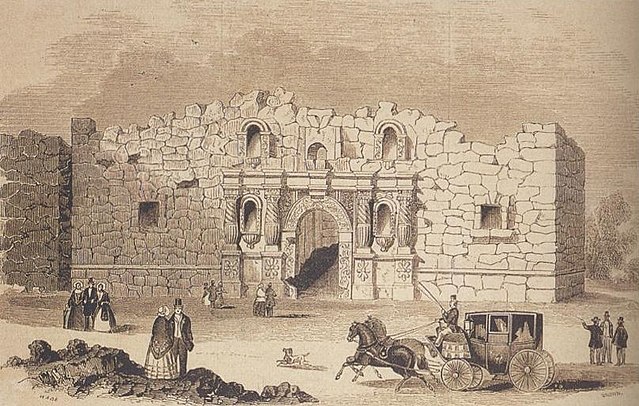
SAN ANTONIO, TEXAS—According to a KSAT News report, archaeologist Kristi Miller Nichols and her colleagues are excavating the long barracks and church at the Alamo in order to assess their condition and prepare a conservation plan. Built as a Roman Catholic mission in what is now southern Texas in the eighteenth century, the site became a military compound in the early nineteenth century. In 1836, during the Texas Revolution, Mexican General Santa Anna laid siege to the Texas-held fortress for 13 days, ending in a Texan defeat. “We want to see what the stones look like, and really, the goal is to go deep enough to where we see where the stones are sitting on top of dirt,” Miller Nichols explained. Once the excavators reach that layer of stone, historic architects will install sensors to monitor groundwater movement before replacing the soil. “This is the first time there is an actual, formalized archaeological project happening inside of the long barracks,” Miller Nichols added, “and it’s going to tell us a lot of information we don’t know yet.” For more on archaeology in Texas, go to "Letter from Texas: On the Range."


